This book, The Art of Convening, is about the art and practice of convening people for the sake of creating wholeness in our engagements. It addresses the essential principles and practices for those “called” to convene and lead meetings and gatherings that produce transformational outcomes for the people in them and their organizations, communities and the world. Nothing less. It is for those of us seriously engaged and committed to making a life-changing difference in our own lives, and the lives of those we gather.
The Genesis of the Art of Convening
In 1998 we (Craig & Patricia Neal) began hosting and convening a series of member-based conversations, the Thought Leader Gatherings (TLGs), for a diverse group of leaders in our hometown of Minneapolis and then the California Bay Area. We had been holding these gatherings for seven years when Patricia noticed we needed to offer people the “recipe” for what we were doing at these meetings, rather than merely deliver the experience for them over and over.
We crafted a convening format description and published it on our website for our members and attendees to use in their practices and meetings. It was our hope that people would experience a transformational conversation with us at the TLG, then with that experience in hand and supporting printed materials, would replicate the experience in their lives, organizations and communities.
The reports back to us were always the same: “I wasn’t able to replicate what you do here and what I experience here, back home”.
What became abundantly clear was that people needed context and content to go along with the experiential learning and simple format. We discovered that our complimentary styles, Craig a high intuitive and Patricia a high analytical, had enabled us to create a breakthrough format for convening that would bring intimacy, depth and idealism to any gathering. However, we were not giving people the right recipe for how to do it themselves in their own lives.
About that time our friend Peter Barnes opened a writer’s retreat center in California and invited Craig to come for a two-week retreat in April of 2004. What emerged was the initial outline for this book and an almost intact curriculum for a 6-month Art of Convening (AoC) TeleTraining.
What Craig came to know at the writer’s retreat was that he needed to introduce the principles, practices and processes - developed for the TLGs and their own consulting practice - with others who were already convening practitioners. He also knew that this introduction needed to be done using a format that was accessible for people all over the world. TeleTraining was the perfect medium.
Within the first year we realized, additionally, that TeleTrainings also provided an intensely focused experience. Without the physical cues present with in-person meetings, we relied on energetic cues. In order to better notice these energetic cues, participants would learn the art of deep listening.
With the birth of The Art of Convening TeleTrainings in 2004 and the ensuing six years of trainings, came the evolution of the Convening Wheel as the foundation of thought and practice for this book. As the conceptual framework came to us, the practice within the AoC groups tested the theories and concepts with real life application.
We have observed a great yearning in ourselves, and among those we teach and train, to discover the answer to the foundational question, “who am I and why am I here?” It is a seeking for wholeness that we can then share with others. When we do so, the power of being whole or complete acts as a multiplier in our relationships and the meetings we conduct.
The people who have shown up for our trainings over the years have been those who see themselves as catalysts for transforming the nature of their relationships in their lives and practice for the sake of their own transformation and that of their families, communities and organizations. By now, hundreds of AoC graduates have worked with and applied the principles, practices and processes of the Convening Wheel – from corporate settings to faith-based applications.
A FieldGuide to help navigate your journey
There is a “technology of relationships” that is foundational to The Art of Convening. If you consider that each interaction with another human being is an opportunity for engagement or relationship, a necessary shift occurs in that interaction. The Art of Convening book is a guide to help us integrate our personal values into positive relationships that then make possible the best outcomes for our communities, organizations, and even the world.
Each of the 9 Chapters represents an “Aspect*” of the Convening Wheel and offers new principles, practices, processes and case studies. Much of the Convening Wheel explores the convergence of the inner and outer worlds of Conveners - those that engage others in meaningful meetings, discourse and conversations. The integration of the personal practices of the Convener with how they bring themselves to the practical concerns of convening meetings and gatherings is the unique realm of this book.
Much of what we learned and observed over 40 years of running businesses, community organizing, and countless group experiences about convening has been distilled into the 9 inner & outer considerations a Convener must make in designing any gathering or conversation. These Aspects hold true for one-on-one as well as large scale meetings.
What amazed us during the journey of writing this book, and developing the Convening Wheel, is that the outer, physical, design-oriented delivery considerations in convening seem to always follow the same path as the inner life of the Convener. As within, so without.
That is why the inner considerations are so prominent in our convening model. We believe that the Convener is the new evolutionary leader whose power and effectiveness is rooted in personal transformation.
Convening Contexts for the Convener






































![[Hearth] Voices from Ukraine: Part 2](https://images.squarespace-cdn.com/content/v1/58a4e3be9de4bb98b066fd6f/1647955546471-VUGA4FCGFEUYJ29TEQVA/sunforest-mix-sunflower-types-1586794598.jpeg)

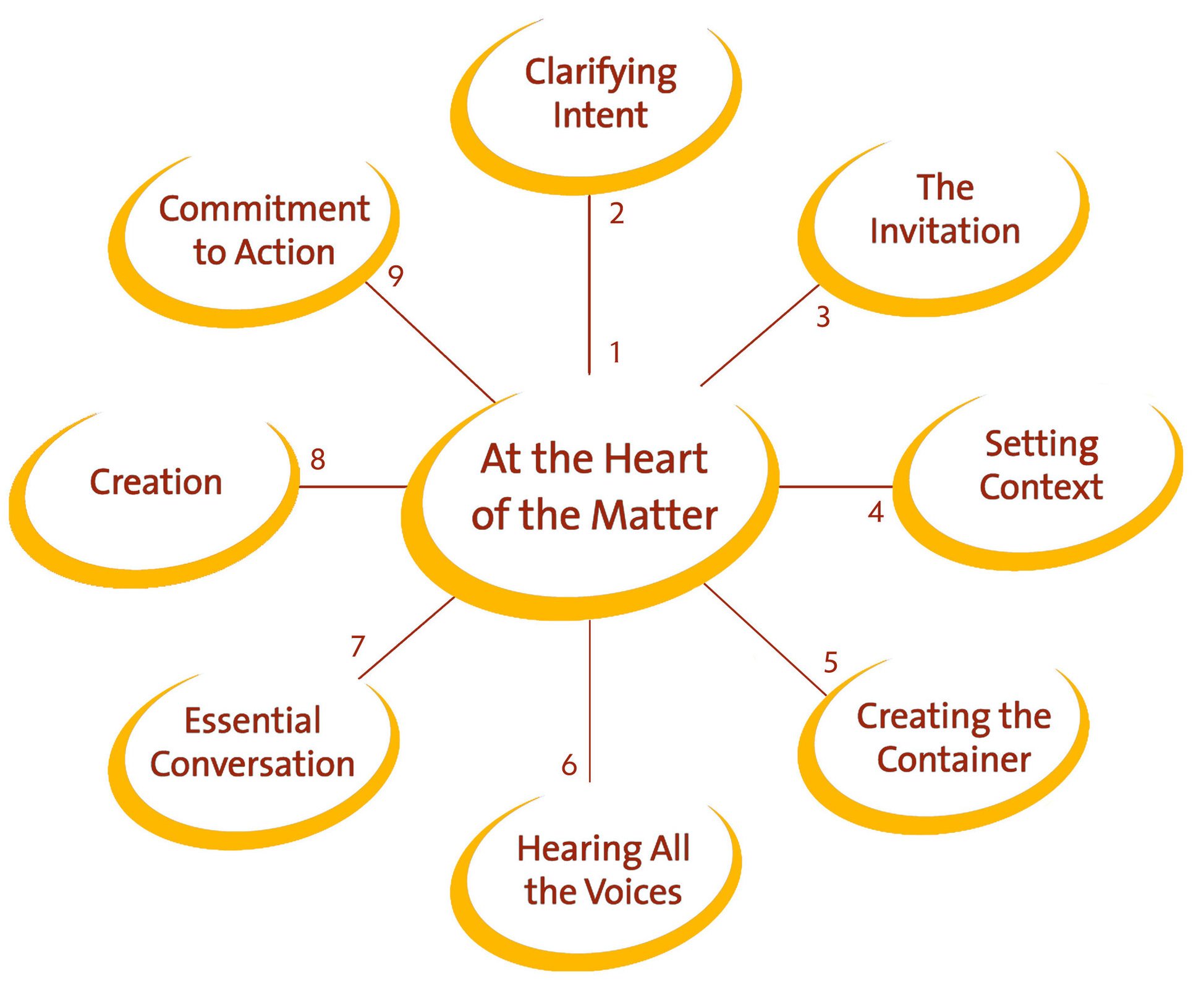

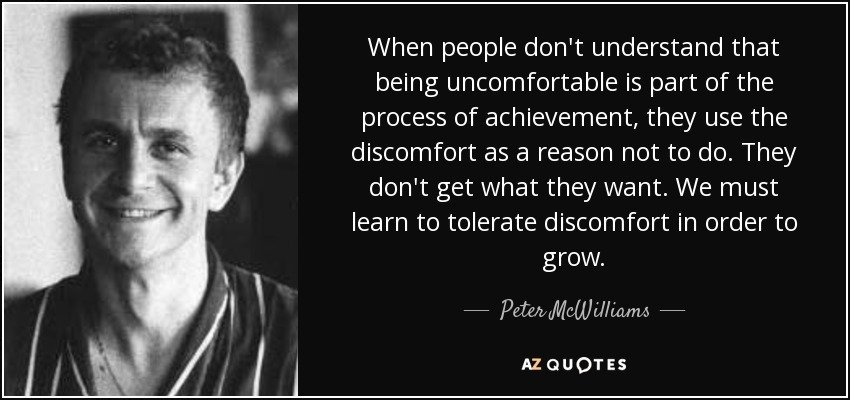











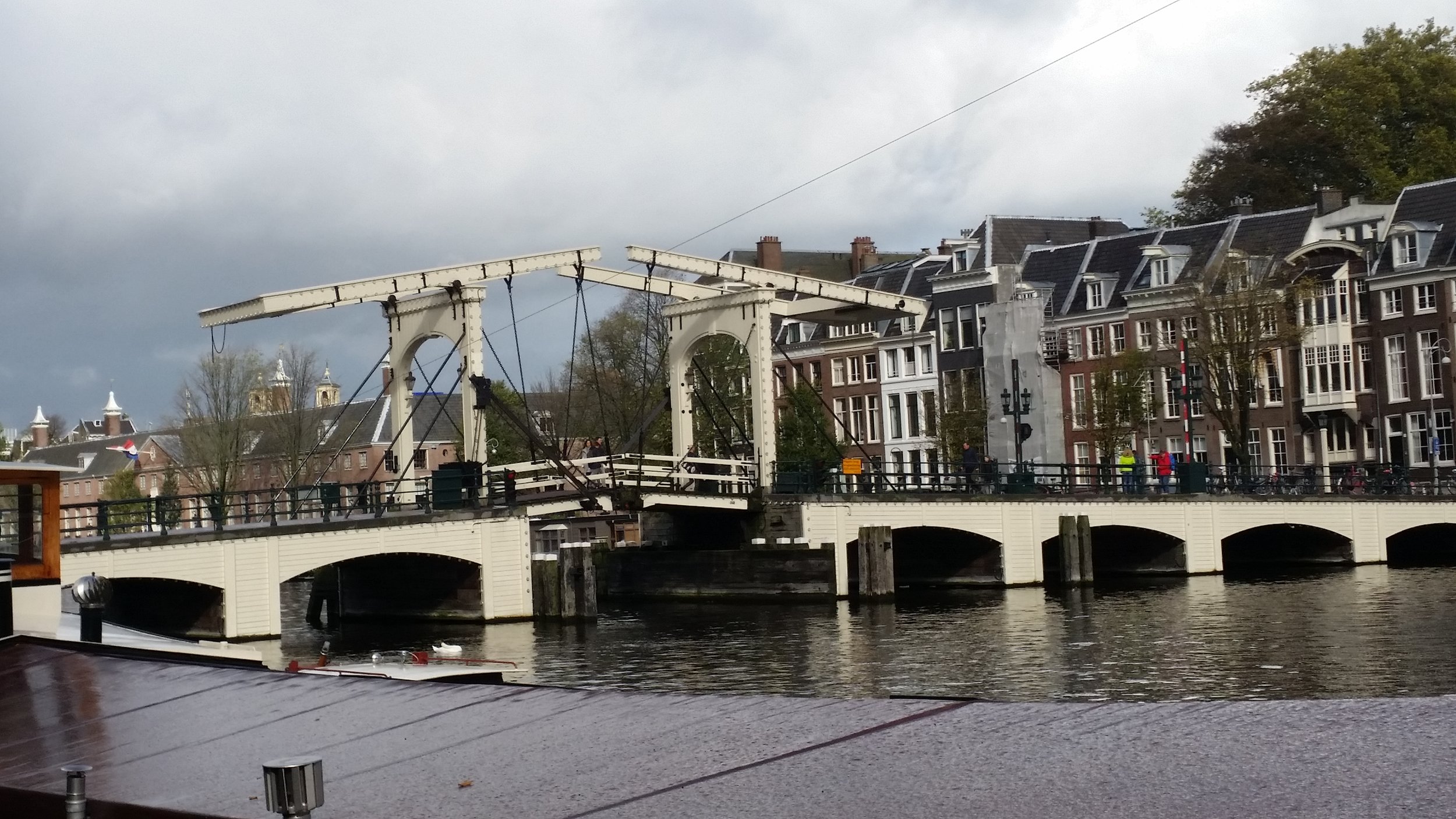























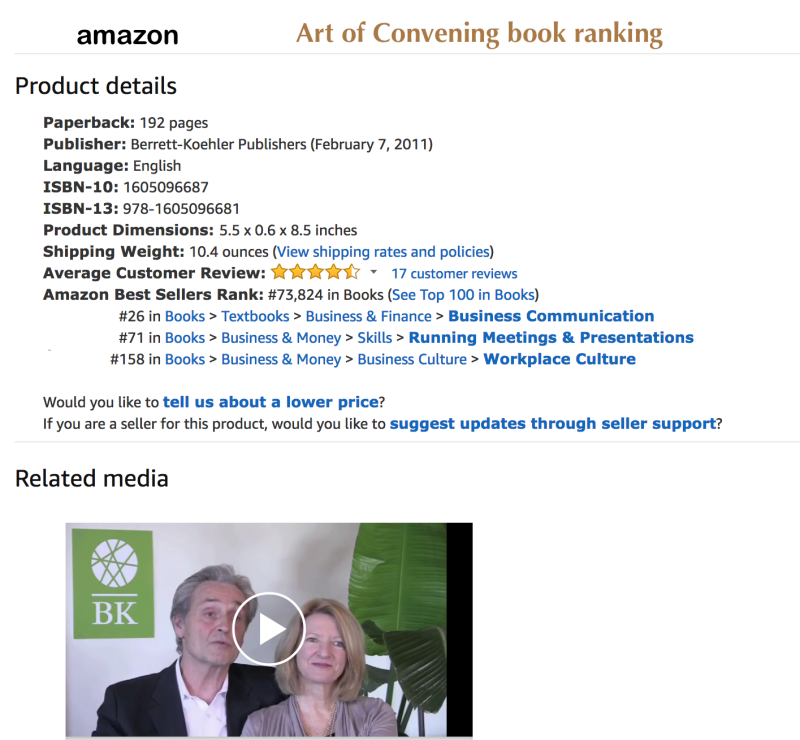

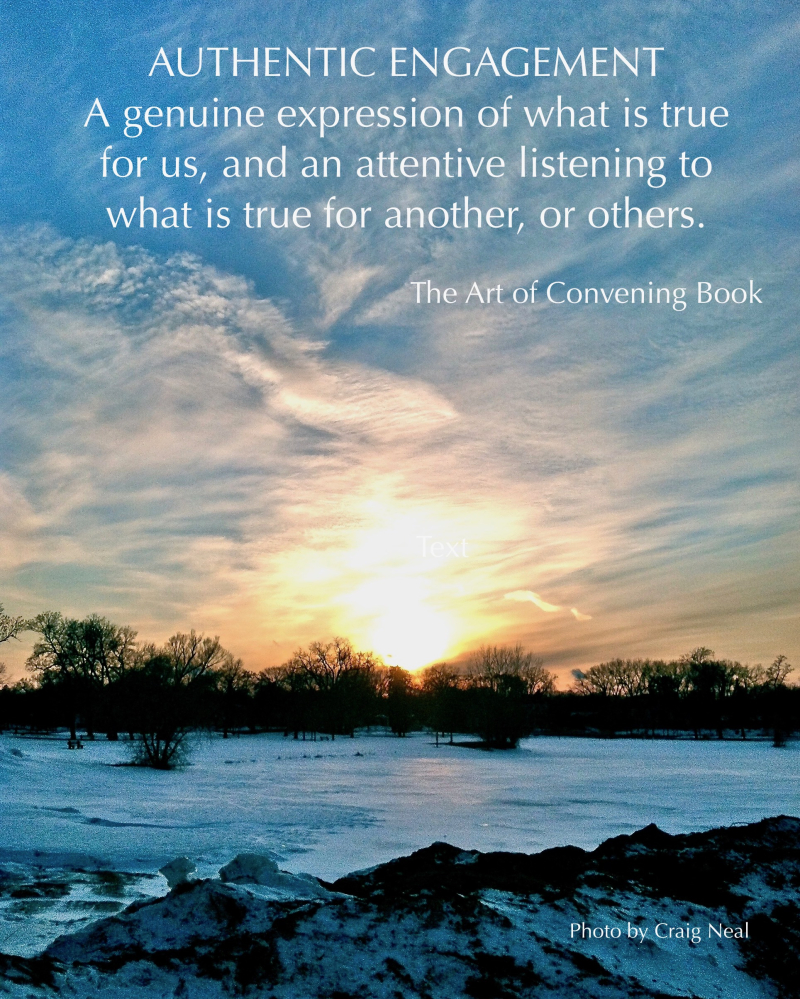
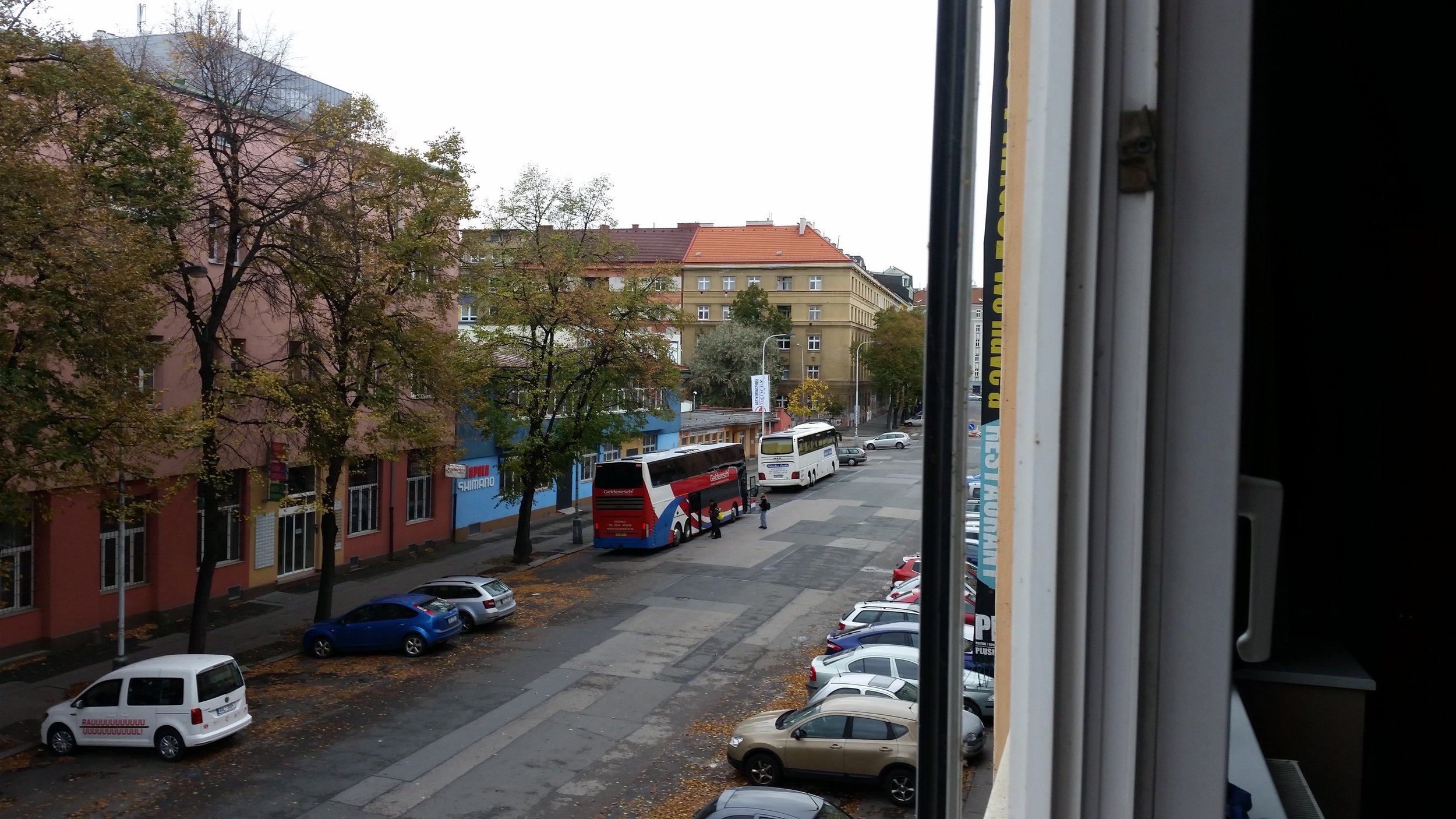
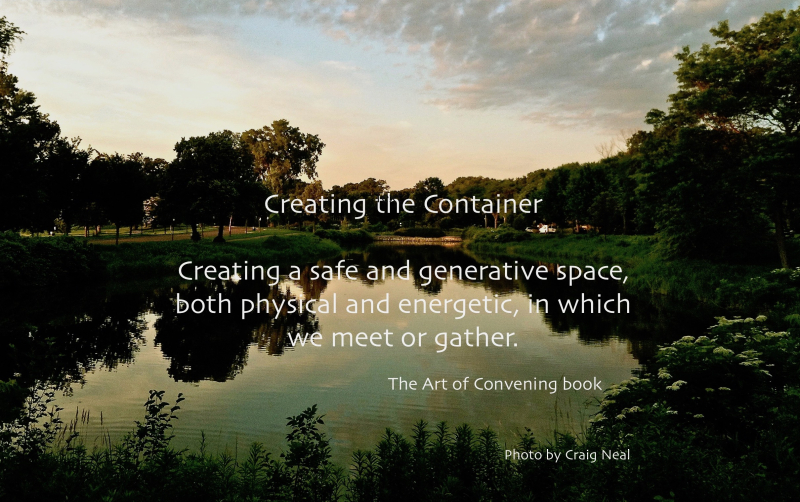


































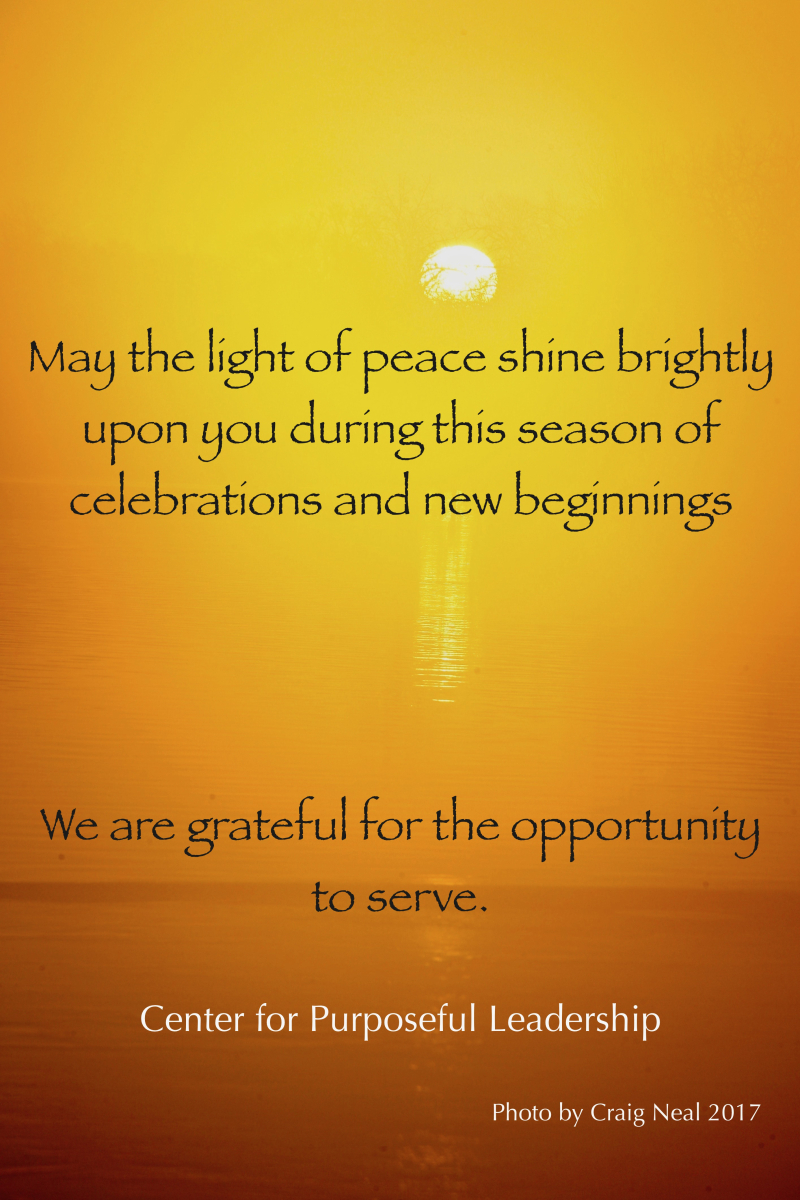









“A few words well-placed can really change the trajectory of somebody's career.”